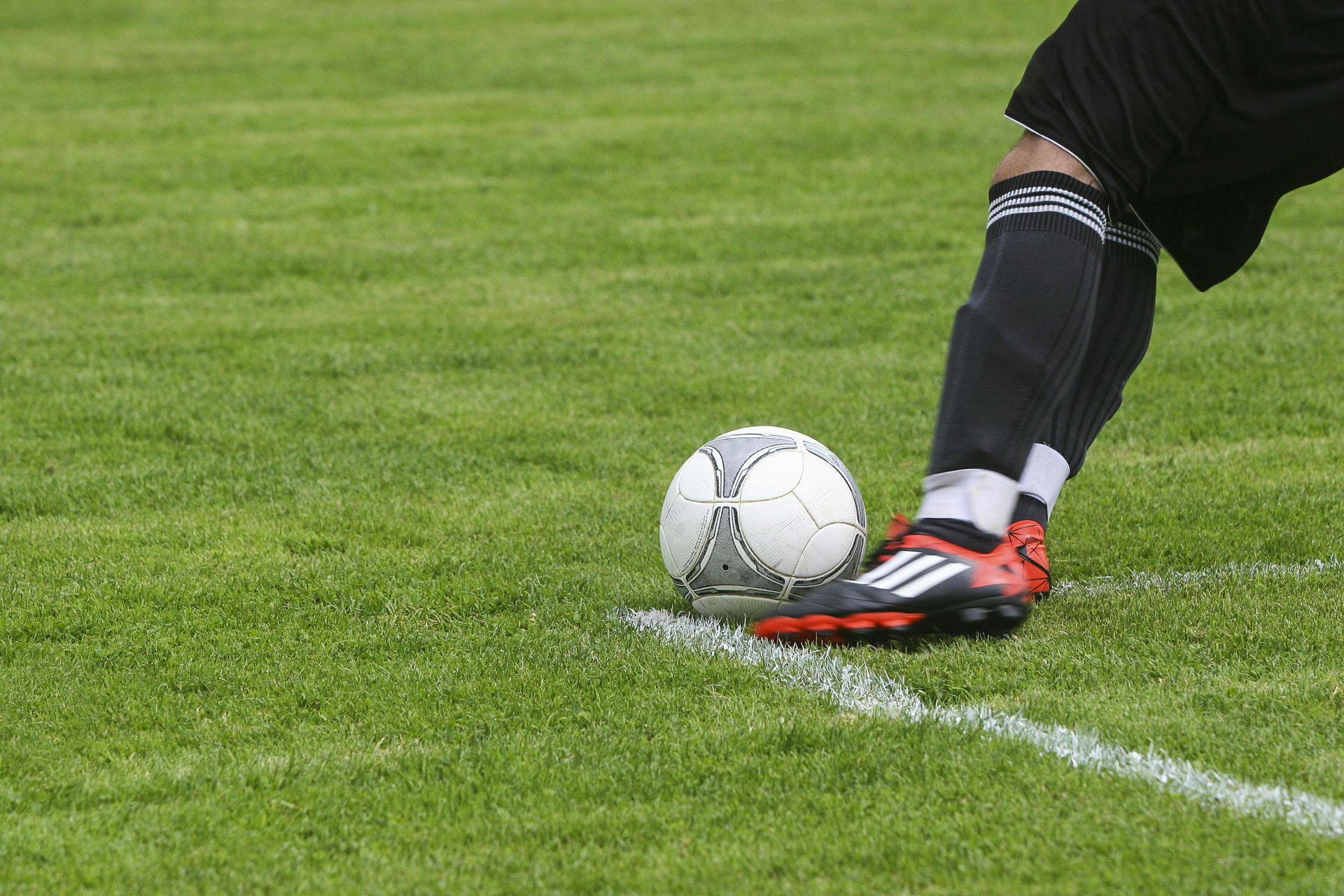A Tough One to Tackle – Football and Head Injuries
With fall sports around the corner, many parents are weighing the risks and benefits of youth tackle football and wondering the all-important question “is it safe for my child?”
Growing evidence suggests that repeated blunt force impacts to the head put children at risk of developing a neurogenerative disease, known as Chronic Traumatic Encephalopathy (CTE), that can impair mood control, cognition, and sensation. Researchers believe the number of concussions and even sub-concussive impacts, those without signs or symptoms, play a role in the development of CTE. Unfortunately, studies on the true risks of developing CTE are ongoing and difficult to assess because there are no current tests to diagnose CTE until after death. Current research does not suggest that every child who participates in youth tackle football will develop CTE, but a recent study estimates that 3 out of 14 (21%) high school athletes have clinical signs suspicious for CTE.
The only foolproof way to minimize risks of developing CTE from tackle football is to avoid it altogether, but that might not be an option for some parents and players. For this reason, several educational campaigns listed below have been developed to educate parents and coaches and improve safety for players.
- “Flag Football Under 14” was launched by the Concussion Legacy Foundation to inform parents about the risks and support noncontact football under 14 years of age.
- https://concussionfoundation.org/programs/flag-football
- “Heads Up to Youth Sports” was created by the Centers for Disease Control and Prevention (CDC) to improve the culture of concussion by teaching signs of concussion, steps for returning to play, and focusing on prevention and preparedness during the season with proper technique.
- https://www.cdc.gov/headsup/youthsports/athletes.html
- “When in doubt, sit it out” is a phrase that has been developed to discourage coaches, parents, and trainers from allowing players to return to the field without proper, unbiased evaluation.
It is worth mentioning that risks of head impacts are most studied in football players, but head injuries are possible in hockey, soccer, baseball, basketball, and other sports, so football is certainly not the only contributing factor to CTE. Additionally, research is constantly evolving in this field, so it is wise seek reputable sources to help you make an informed decision. Please visit the campaigns listed above for more information.
Elliott Voss MS3 University of Missouri School of Medicine










